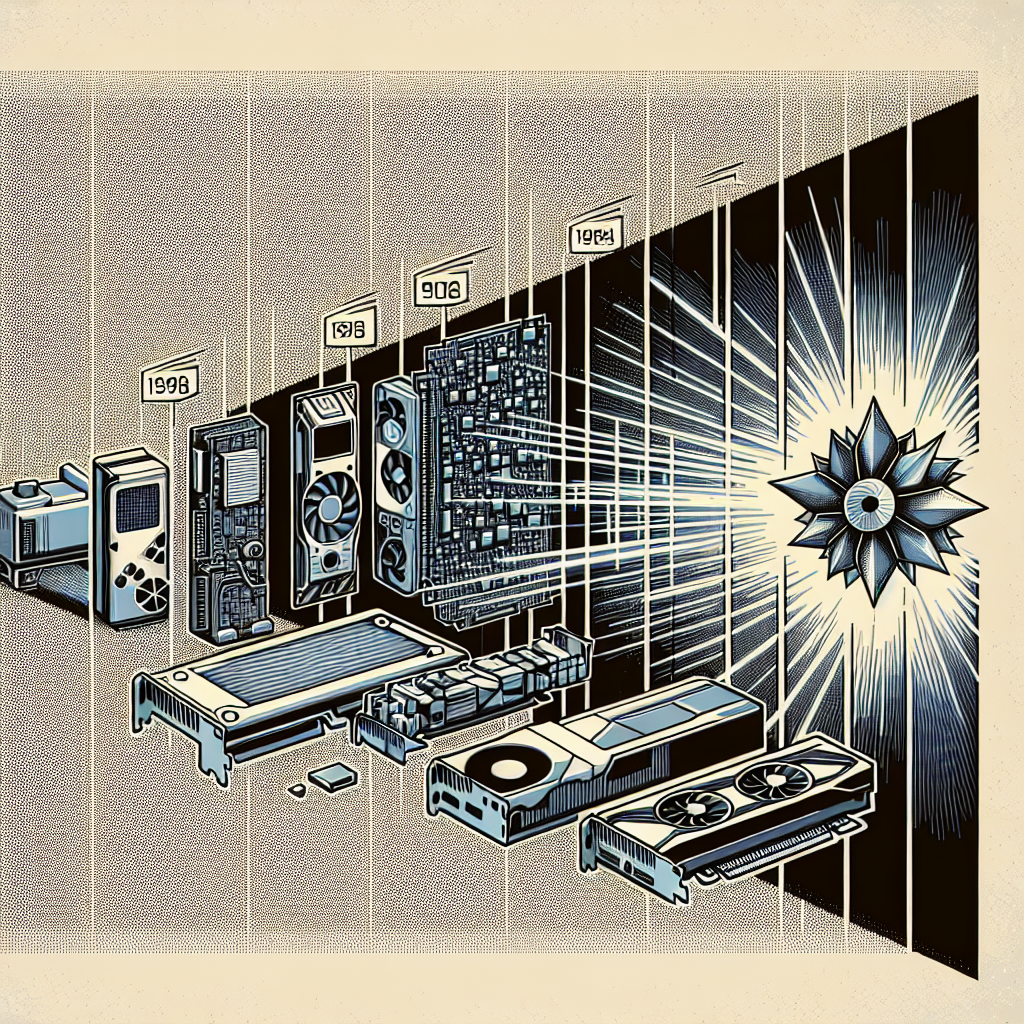Graphics technology has come a long way since the early days of pixelated images and basic animations. Today, we are able to experience stunningly realistic visuals thanks to advancements in graphics processing units (GPUs) like NVIDIA’s RTX technology.
NVIDIA’s RTX technology is a revolutionary development in the world of graphics, offering real-time ray tracing capabilities that were previously only possible through offline rendering. Ray tracing is a technique used to simulate the way light interacts with objects in a virtual environment, creating realistic shadows, reflections, and lighting effects.
Before RTX technology, developers had to rely on traditional rasterization techniques to create graphics, which often resulted in flat and unrealistic visuals. With real-time ray tracing, game developers can now achieve cinematic-quality graphics in real-time, immersing players in stunningly lifelike worlds.
One of the key features of NVIDIA’s RTX technology is its use of dedicated ray tracing cores, which are specifically designed to accelerate the ray tracing process. These cores work in conjunction with traditional CUDA cores to deliver unprecedented levels of realism and immersion in games and other applications.
Another important aspect of RTX technology is its support for deep learning super sampling (DLSS), a technology that uses artificial intelligence to upscale lower-resolution images to higher resolutions. This allows games to run at higher frame rates without sacrificing image quality, providing a smoother and more immersive gaming experience.
In addition to its gaming applications, NVIDIA’s RTX technology is also being used in professional industries such as architecture, design, and film production. By harnessing the power of real-time ray tracing, professionals can create highly detailed and realistic visualizations that were previously only possible through time-consuming rendering processes.
Overall, the evolution of graphics technology, particularly with the introduction of NVIDIA’s RTX technology, has transformed the way we experience and interact with virtual worlds. With advancements in ray tracing, deep learning, and GPU architecture, we can expect even more stunning visuals and immersive experiences in the future.


Leave a Reply